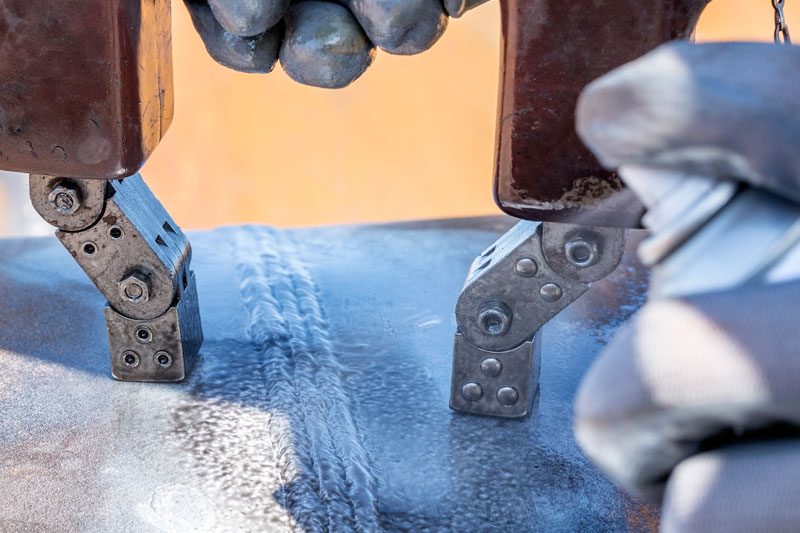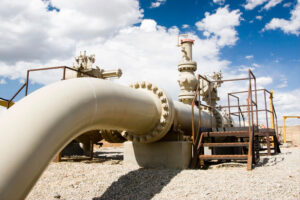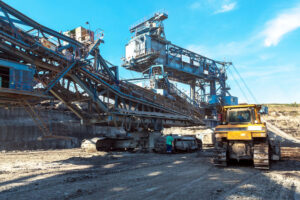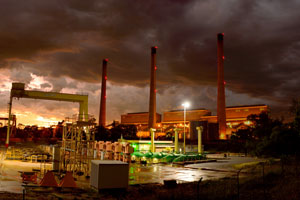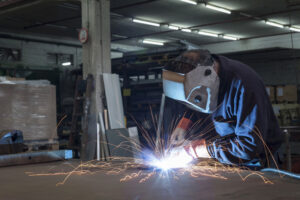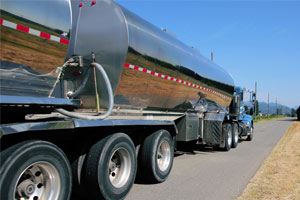What Is Magnetic Particle Testing?
Magnetic Particle Testing (MPI) is a Non-Destructive Testing (NDT) technique used to reveal surface and slightly subsurface flaws in ferromagnetic materials like iron, nickel, and cobalt. By applying a magnetic field to the component and sprinkling iron particles over it, we can spot cracks and imperfections that aren’t visible to the naked eye.
Why Use MPI for Inspection?
Detecting defects early can prevent failures, reduce downtime, and save costs. MPI is:
- Accurate: It highlights defects that might otherwise go unnoticed.
- Efficient: Quick to perform without causing any harm to the component.
- Versatile: Suitable for various sizes and shapes of ferromagnetic materials.
Industries That Rely on MPI
Many sectors use MPI to keep their equipment and structures in top condition. Here’s how different industries benefit:
Oil & Gas
In the oil and gas industry, safety is paramount. MPI helps inspect pipelines, pressure vessels, and drilling equipment to prevent leaks and accidents.
Mining
Heavy machinery and structural components in mining operations face constant stress. MPI detects fatigue cracks early, ensuring equipment runs smoothly.
Power Generation
Power plants rely on turbines, generators, and boilers. Regular MPI inspections catch defects before they lead to costly outages.
Marine
Ships and offshore structures endure harsh environments. MPI checks for corrosion and cracks, keeping vessels seaworthy.
Engineering & Fabrication
Manufacturers use MPI to verify the integrity of welded joints and fabricated parts, meeting quality standards.
Transportation
From trains to trucks, MPI inspects critical components to maintain safety on the roads and rails.
Construction
Structural steel in buildings and bridges undergoes MPI to ensure it can handle the loads and stresses over time.
Military & Defence
MPI helps maintain the reliability of defence equipment, from vehicles to weapon systems, where failure is not an option.
How Does the MPI Process Work?
Here’s a step-by-step look at how we perform Magnetic Particle Testing:
1. Preparation
- Clean the Surface: Remove dirt, grease, and paint to get a clear view.
- Visual Inspection: Check for any obvious defects.
2. Magnetisation
- Apply Magnetic Field: Use a magnet or electric current to magnetise the component.
- Types of Magnetisation:
- Longitudinal: Magnetising along the length.
- Circular: Magnetising around the circumference.
3. Application of Iron Particles
- Dry Particles: Fine iron powder applied to the surface.
- Wet Suspension: Iron particles suspended in a liquid, sprayed onto the component.
4. Inspection
- Observe Particle Accumulation: Iron particles gather at areas with defects.
- Use of Ultraviolet Light: For fluorescent particles, UV light makes defects easier to see.
5. Demagnetisation and Cleaning
- Remove Magnetic Field: Demagnetise the component to prevent interference with its function.
- Clean the Surface: Remove any remaining particles.
6. Reporting
- Document Findings: Record any defects found, with recommendations for repair or monitoring.
Benefits of MPI
- Non-Destructive: No damage to the component.
- Cost-Effective: Relatively low cost compared to other methods.
- Immediate Results: Defects are visible during the test.
Things to Keep in Mind
- Material Limitations: Only works on ferromagnetic materials.
- Surface Condition: Surface coatings may need to be removed for best results.
- Depth of Detection: Best for surface and near-surface defects.
FAQs
Q: Can MPI detect deep internal flaws?
A: MPI is most effective for surface and slightly subsurface defects. For deeper flaws, methods like Ultrasonic Testing (UT) might be more suitable.
Q: Does the component need to be demagnetised after testing?
A: Yes, demagnetising prevents interference with the component’s normal operation and avoids attracting ferrous particles during use.
Q: Is MPI safe for all components?
A: MPI is safe for most ferromagnetic components, but it’s essential to ensure that magnetisation won’t affect the functionality. Our technicians assess this before testing.
Q: How often should MPI be performed?
A: It depends on the industry and usage. High-stress components may require more frequent inspections. We’ll help you develop an appropriate schedule.
Q: Do coatings need to be removed before testing?
A: Thin, non-conductive coatings might not interfere, but thicker coatings can hinder detection. We assess each case individually.
Ready to Ensure Your Equipment’s Integrity?
Magnetic Particle Testing is a valuable tool to keep your operations running safely. Our experienced team is here to help you detect issues early and maintain compliance with industry standards.
Contact us today to schedule an MPI inspection or to learn more about our other NDT services.
